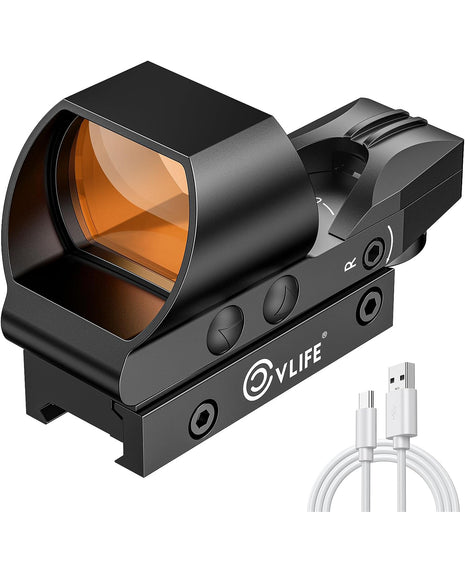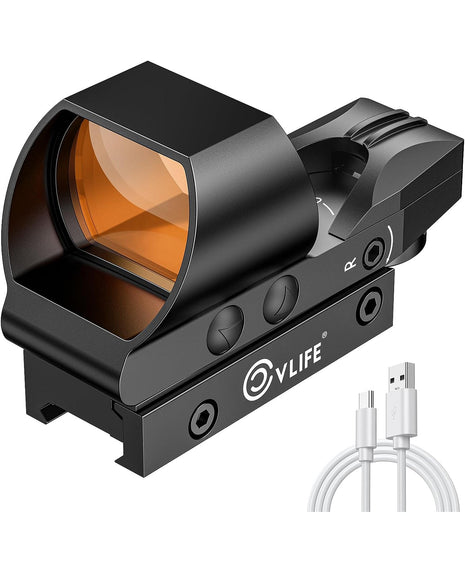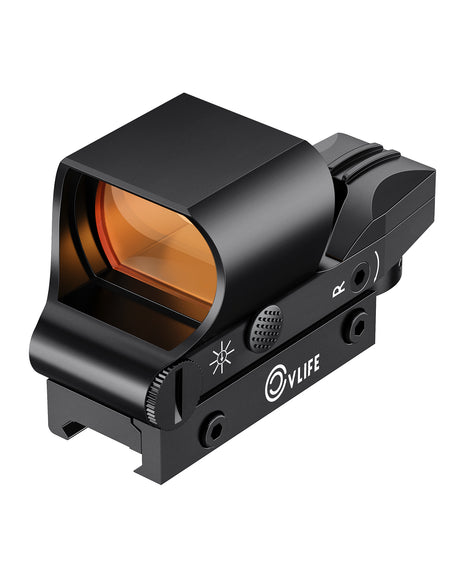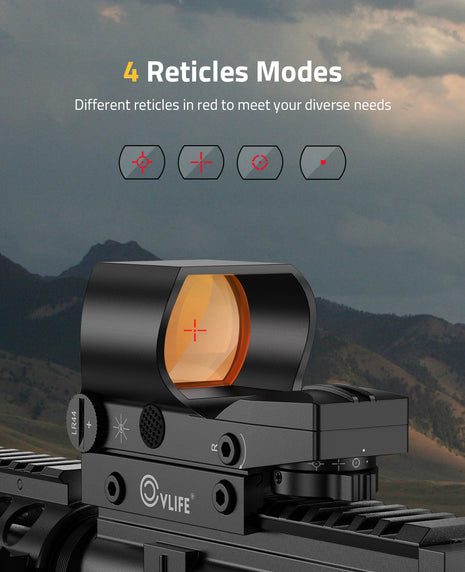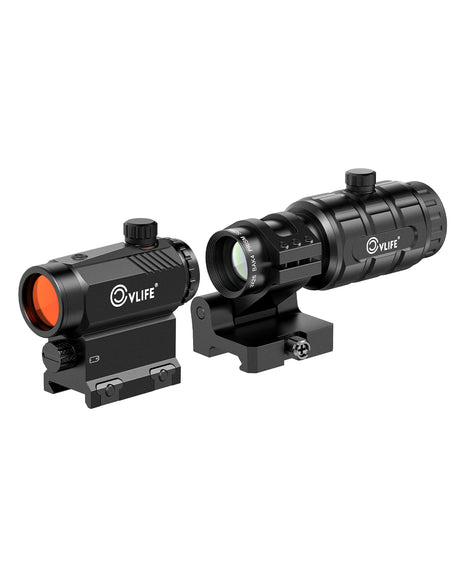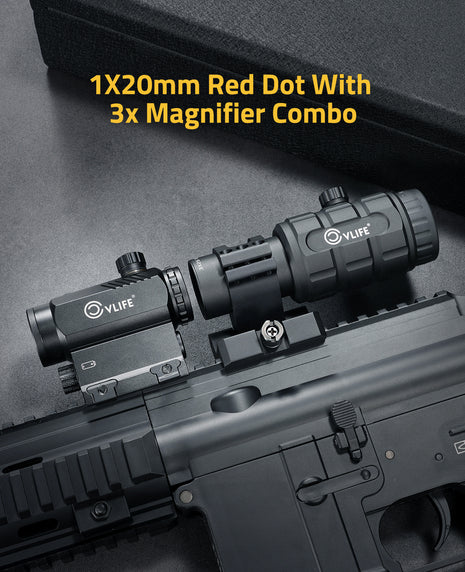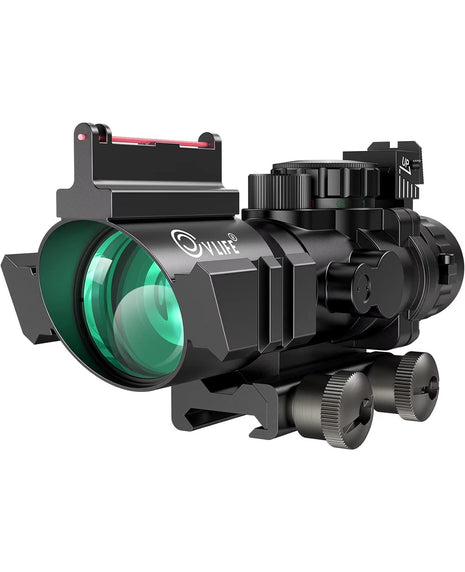How to Pick an AO Scope for Low-Light Varmint Hunting
- 9 tempo di lettura minimo

Discover tips for choosing the best AO scope for low-light varmint hunting to enhance visibility and accuracy during your next hunt.
Varmint hunting is a challenging and rewarding outdoor activity. It requires precision and proper equipment, especially in low-light conditions when visibility is compromised. One of the most crucial tools for varmint hunters is an Adjustable Objective (AO) rifle scope, which offers enhanced clarity and focus. This article will guide you on how to select the best AO scope for low-light varmint hunting, ensuring better accuracy and a successful hunt.
What is an AO Scope?
An AO rifle scope is specifically engineered to tackle parallax issues and enhance overall shooting accuracy, making it an invaluable tool for both long-range and small-game hunting. The parallax effect occurs when the reticle and the target are not on the same focal plane, leading to inaccurate shots. With an AO scope, hunters can adjust the objective lens to correct this misalignment, ensuring that the reticle remains fixed on the target, regardless of distance.

The primary benefit of the AO feature is its ability to fine-tune the focus, offering sharper and clearer images of the target, especially in situations where the target is at varying distances. Whether you’re zeroing in on a distant deer or a close-range squirrel, the ability to adjust the focus ensures a precise shot every time.
This feature is particularly advantageous for varmint hunting, where targets like coyotes, prairie dogs, and other small game can be challenging to spot and hit at varying ranges. For low-light conditions, such as dawn or dusk hunting, the right AO scope can significantly improve target acquisition by delivering brighter, more defined images, even in poor visibility. With an AO scope, hunters have the flexibility to adapt to different shooting scenarios, ensuring that they’re always prepared, whether they’re hunting in broad daylight or in dimly lit environments. This makes it an essential tool for serious hunters who demand both clarity and precision in the field.
Key Features to Look for in an AO Scope for Low-Light Conditions
1. Illuminated Reticle
When hunting in low-light conditions, visibility is a critical factor. An illuminated reticle helps increase the contrast between the reticle and the target, making it easier to acquire your shot even at dawn or dusk. Look for scopes with red or green illuminated reticles for maximum flexibility.

2. Objective Lens Size and Light Transmission
A larger objective lens allows more light to enter the scope, which improves visibility in low-light conditions. For low-light varmint hunting, opt for scopes with a larger objective lens (around 50mm) to ensure optimal light transmission and clarity during critical hunting moments.
3. Magnification Range
The right magnification range is essential for accurate shots in various lighting conditions. A scope with variable magnification (e.g., 3-9x, 4-12x) offers versatility, allowing you to adjust the zoom for different distances while ensuring clarity and sharpness in low-light environments.
4. Lens Coating
Look for AO scopes with multi-coated lenses. These coatings help reduce glare and enhance light transmission, resulting in clearer images in low-light conditions. The best AO scopes will feature fully multi-coated lenses that allow you to hunt at dusk or dawn without losing image quality.
5. Parallax Adjustment
Parallax can be a common issue during long-range shooting, especially when hunting in low light. AO scopes allow you to adjust the parallax, ensuring that the reticle remains on target at various distances. This adjustment is especially important for varmint hunters who often shoot small targets at extended ranges.
Choosing the Right Reticle for Low-Light Varmint Hunting
When selecting an AO scope for low-light varmint hunting, the type of reticle is just as important as the scope’s other features. The BDC (Bullet Drop Compensator) reticle is ideal for long-range shots, while a fine crosshair can be better for quick, close-range engagements. An illuminated reticle is also a great choice for low-light conditions.
- BDC (Bullet Drop Compensator) Reticle
The BDC reticle is a popular choice for varmint hunters who need to make long-range shots. This reticle is specifically designed with marks or dots that compensate for bullet drop at different distances. When you're hunting varmints at varying distances, especially in low-light conditions like early morning or dusk, having a BDC reticle allows you to quickly estimate the range and adjust your aim without the need to adjust your elevation turrets. This is a critical advantage, as varmint hunting often involves shooting small, fast-moving targets at ranges of 100 yards or more.
In low-light conditions, the ability to see and use a BDC reticle becomes especially valuable. The illuminated BDC reticle can provide greater contrast, helping hunters quickly line up their shots even in dim or fading light. For long-range varmint hunting, this reticle type ensures both precision and speed.
- Fine Crosshair Reticle
For close-range engagements, particularly when hunting small, fast-moving varmints, a fine crosshair reticle is a great option. The thin, precise lines of the crosshairs allow for quick target acquisition, which is crucial in situations where every second counts. While a BDC reticle excels at longer distances, the fine crosshair reticle is more versatile for rapid shots at shorter ranges where a more direct aim is needed.
In low-light conditions, the fine crosshair reticle can sometimes become harder to see, which is why an illuminated version can be extremely beneficial. Illuminated crosshairs provide the precision needed in dim lighting without obscuring the target, allowing hunters to make clean, accurate shots even when visibility is compromised.
- Illuminated Reticle
An illuminated reticle is an essential feature for hunting in low-light environments, such as during dawn, dusk, or even night hunting with the help of night vision equipment. The illumination of the reticle allows the shooter to easily distinguish the reticle from the background and the target, increasing target acquisition speed and accuracy. This is particularly helpful when you're hunting varmint species like coyotes, foxes, or rabbits, which are often more active during low-light periods.
Most modern AO scopes offer multiple illumination settings (often with red or green options), allowing hunters to adjust the brightness to suit the ambient light conditions. Whether you're hunting in the twilight hours or at night, an illuminated reticle makes a significant difference in clarity and precision. For varmint hunting in low-light conditions, an illuminated reticle can be the key to success, ensuring that you don’t miss your shot due to visibility issues.
- Mil-Dot Reticle
Another excellent choice for low-light varmint hunting is the Mil-Dot reticle, which provides precise range estimation and windage/elevation adjustments. Although more commonly associated with military and tactical use, a Mil-Dot reticle can be very effective for varmint hunters who need to shoot at unknown distances or need to adjust for environmental factors like wind. In low light, an illuminated Mil-Dot reticle enhances clarity and makes it easier to focus on the target while adjusting for distance and wind.
Durability and Build Quality
Varmint hunting often takes place in rugged environments, so it’s crucial to choose a durable AO scope. Look for scopes that are shockproof, waterproof, and fog-resistant. These features ensure that your scope will perform well in a variety of weather conditions and rough terrains.
Conclusion
Choosing the right AO rifle scope for low-light varmint hunting is essential for achieving accuracy and success. Pay attention to key features such as illuminated reticles, objective lens size, magnification, and parallax adjustment. By selecting the scope that best suits your needs, you’ll be prepared to hunt effectively in low-light conditions, ensuring every shot counts. Happy hunting!
Frequently Asked Questions
Q: What is the best magnification range for low-light varmint hunting?
A: For low-light varmint hunting, a magnification range of 3-9x or 4-12x is ideal. These ranges allow you to adjust based on your hunting environment and target distance.
Q: Is an illuminated reticle necessary for low-light varmint hunting?
A: Yes, an illuminated reticle is extremely helpful for low-light varmint hunting, as it enhances visibility in low-light conditions like dawn and dusk.
Q: Can I use an AO scope for close-range varmint hunting?
A: Absolutely! AO scopes with adjustable parallax can be set to close-range distances, making them versatile for both close and long-range varmint hunting.
Tag
Blog e notizie
-

, di C V Most Shooters Get This Wrong: The Correct AR-15 Sighting Distance
-

, di C V How to Choose the Right Optic for Your New Rifle in 2025 🔍
-

, di C V What kind of scope 🔭 is best for an AR-15?
-
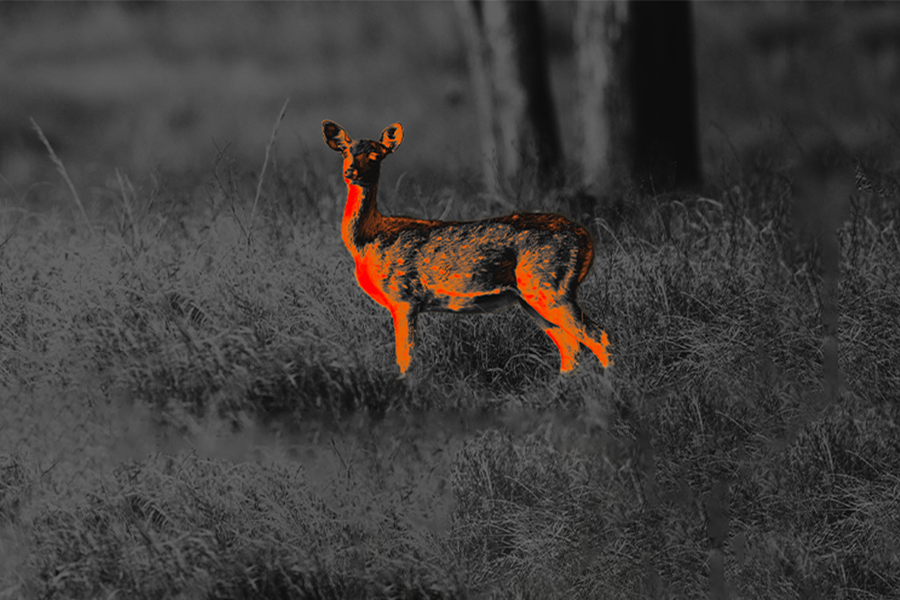
, di C V Night Vision & Thermal Scopes: Hunting’s New Frontier

